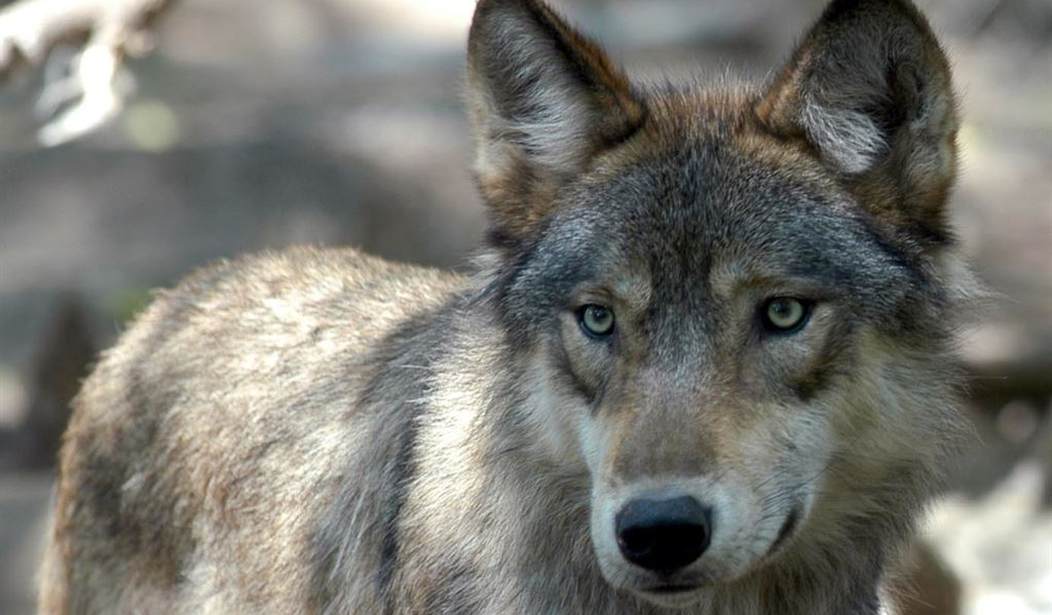“In the world I see you are stalking elk through the damp canyon forests around the ruins of Rock feller Center. You'll wear leather clothes that will last you the rest of your life. You'll climb the wrist-thick kudzu vines that wrap the Sears Towers. And when you look down, you'll see tiny figures pounding corn, laying stripes of venison on the empty car pool lane of some abandoned superhighways.”
-Chuck Palahniuk, “Fight Club”
Related: WEF Propagates ‘Disease X’ Narrative, Alleges 20 Times Deadlier Than COVID
Perhaps the best $100 or so I ever spent was on two tickets for my wife and me to enter the site of the infamous 1986 nuclear meltdown in the then-Soviet Union, located in northern Ukraine just south of the Belarusian border: Chernobyl.
I visited in 2020 while living in the now-war-ravaged country in a time of relative peace, a bit of so-called “disaster tourism” unlike any other tourist experience I have ever endured (granted, I avoid soul-sucking, wallet-draining “tourism hotspots” like the plague for reasons I explore in my memoir, “Broken English Teacher: Notes From Exile”).
On the way in to Chernobyl proper, passing through what is called the “exclusion zone” demarcating the line between safety and radioactivity that extends several miles in every direction from the nuclear plant, I saw a pack of wild horses roaming the empty plains. The wolves I didn’t see, but was assured they are out there, having reintegrated with the habitat after the government evacuated the entire area.
And, apparently, they’ve undergone quite the fascinating genetic mutation in the interim.
Via New York Post (emphasis added):
Mutant wolves that roam the human-free Chernobyl Exclusion Zone have developed cancer-resilient genomes that could be key to helping humans fight the deadly disease, according to a study…
Humans abandoned the area after the explosion leaked cancer-causing radiation into the environment, and a 1,000-square-mile zone was roped off to prevent further human exposure.
But in the nearly 38 years since the nuclear disaster, wildlife has reclaimed the area — including packs of wolves that seem to be unaffected by the chronic exposure to the radiation.
Here is a summary of the research findings, via The Society of Integrative and Comparative Biology (emphasis added):
Love and colleagues went to the [Chernobyl exclusion zone], radio-collared wolves, and took blood to understand the wolves’ responses to cancer-causing radiation. Using these specialty GPS collars armed with radiation dosimeters, “we get real time measurements of where they are and how much [radiation] they are exposed to,” said Love. They discovered that Chernobyl wolves are exposed to upwards of 11.28 millirem of radiation everyday for their entire lives, over 6 times the legal safety limit for the average human worker.
Unlike wolves living exclusively outside the CEZ, Love found that Chernobyl wolves have altered immune systems, similar to cancer patients undergoing radiation treatment. And most promising, she has identified specific regions of the wolf genome that seem resilient to increased cancer risk. Most human research has found mutations increasing cancer risk.










